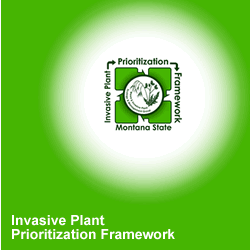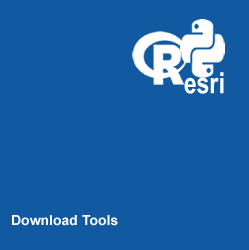Invasive Plant Prioritization Framework
What is this website about?
It shares information and tools to help others use the Invasive Plant Prioritization Framework (IPPF). Here you will find a detailed description of what IPPF is, as well as survey techniques and tips. Secondly, we provide technical tools to analyze inventory and monitoring data (mapping and analysis tools). You can use the online analysis tool to create PO maps or download tools to create PO maps on your computer using R and ArcGIS.
Why do I need to know about IPPF?
Land managers rarely have sufficient resources to target every non-indigenous plant species. Therefore, prioritization of NIS populations is a crucial component of the management process. Conceptually, effective management of NIS can be regarded as having four phases including: determining the land management goals, inventory/survey, monitoring, evaluation and prioritization.
Why the emphasis on survey techniques?
A survey determines which species are present and their distribution on the landscape. These data can be used to develop probability of occurrence maps (PO), which help in the nonbiased selection of populations for invasiveness and impact monitoring. Much of this website is dedicated to providing information on inventory and survey methods, including creation of PO maps.
What is a PO map and why do I need one?
To manage nonindigenous species, we need to know where they are located on the landscape. But managment areas are large, making them unfeasible to survey completely. Surveys can be performed on smaller areas, from which maps can be generated that predict the probability of occurrence acros landscapes. The probability maps can be used to direct further sampling for new populations and to select populations to monitor for invasiveness and management effects.

Want to know more about IPPF and management of non-indigenous plant species? We have compiled presentations and information on the four step process.![]()

We have created modular R, ArcGIS, and python tools. To create PO maps and manage data our lab has developed several utilities and sample
scripts that help prepare data, conduct analyses, and validate models. Download them
here as well as sample data!![]()
![]() This work is licensed under a Creative Commons Attribution-ShareAlike 3.0 Unported License.
This work is licensed under a Creative Commons Attribution-ShareAlike 3.0 Unported License.
Please feel free to use and modify the tools found here. And if you make some changes,
please let us know!

